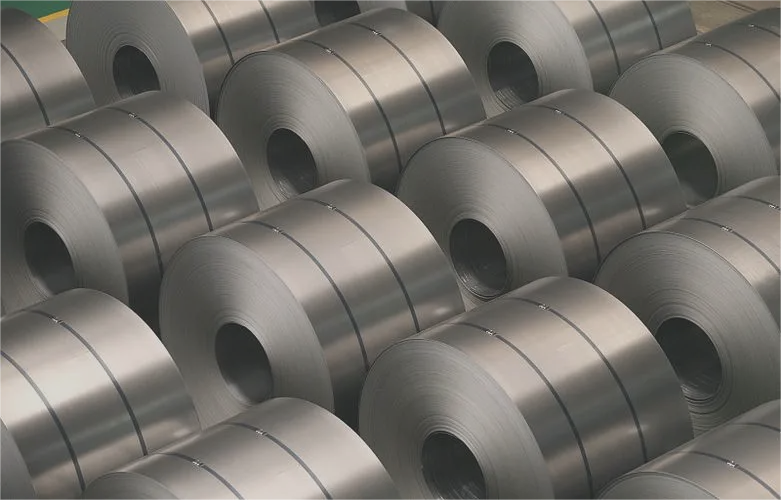What Will Bleach Do to Aluminum?
What is Bleach to Aluminum?
Bleach is one of the most common household cleaning agents in the world. It is a powerful disinfectant and bleaching agent, and it is used by many to whiten surfaces, remove stains from clothes, and even purify water. Yet, although bleach is extremely helpful, it is not suitable for all materials. Using it on some surfaces—particularly on metals—can result in unwanted and sometimes irreversible damage. Aluminum, being a lightweight metal that is used heavily, is one of those metals which need to be handled with care when cleaned with bleach. As an example, bleach can stain a metal like a 2024 aluminum bar rod.
When the Two Meet
Bleach, commonly sodium hypochlorite, is a strong oxidizer. It dissolves chemical bonds in stains and germs, so it works extremely well for destroying bacteria, viruses, and mold. Bleach is corrosive and destructive at high concentrations of concentration, so it is typically diluted with water for domestic use. Even in lower concentrations, however, bleach will react with certain metals to produce discoloration, oxidation, or other surface degradation.
Introduction of Aluminum
Aluminum is a corrosion-resistant, lightweight, yet strong metal used in various applications. From common household items like cutlery, foil, pots, and pans to industrial uses like pipes, siding, and electronics, aluminum is valued for its strength-to-weight ratio and versatility. One of the significant characteristics of aluminum is that when exposed to air, it develops a protective oxide coating, which prevents subsequent corrosion. But the passive layer can be destroyed by strong chemicals, e.g., bleach.
What Happens When Bleach Meets Aluminum?
Unlike other metals, the effect of bleach on aluminum is not as extreme, but is not without concern. Bleach, unlike other metals such as iron and steel, does not cause bubbling, fizzing, and corroding. However, aluminum surfaces will still corrode given enough time.
Bleach will accelerate the oxidation of aluminum. Rather than a protective layer forming, the aluminum becomes discolored and stained. The color shifts to a combination of dark gray and black due to the oxide layer bleach is interfering with. The oxide layer is getting re-oxidized, but this time exposed to pitting and etching because of the extended time bleach is left on the surface.
Is It Ever Safe to Use Bleach on Aluminum?
In almost every scenario, bleach solution should be avoided on aluminum surfaces, including kitchenware, utensils, and decorative pieces. Especially, aluminum cookware should be taken care of. An entire bleach solution should not be used because the advantage of disinfecting the surface will instead cause damage, without color, surface, or alternative cleaning methods.
In some cases, bleach solution can be used on aluminum surfaces, but only with extreme caution. For instance, aluminum-sided houses and outside fixtures can use a securely capped bucket of bleach and water, and can be disinfected. I would stress that the solution should not contain more than 10% bleach, with 90% water. The solution can be applied but should not be left on the surface longer than a few minutes. The bleach can be easily rinsed away with water, but should not remain on the surface in abundance.
Alternative Solutions to Clean Aluminum
If bleach is not to be used to clean aluminum, what are the alternatives? Fortunately, several safe and effective solutions will keep aluminum in its best appearance without causing damage.
- Mild Soap and Water: For most purposes, routine cleaning can be achieved using a solution of mild dish soap and warm water. This will take care of grease, grime, and dirt without harming the metal’s surface.
- Vinegar or Lemon Juice: Acidic liquids like vinegar or lemon juice can be effective in removing oxidation or discoloration. Mix equal parts water and vinegar or lemon juice, apply to the aluminum surface, and gently scrub using a soft cloth or non-abrasive brush. Then rinse thoroughly.
- Cream of Tartar: For tougher stains, a paste of water and cream of tartar can be applied to the surface. Let it sit for a few minutes, then gently scrub and rinse.
- Commercial Aluminum Cleaners: There are also commercial cleaners designed for aluminum surfaces. These cleaners are designed to clean and protect without causing damage.
You should not use abrasive substances such as steel wool or harsh scrubbing pads, since these will scratch and additionally damage the aluminum surface.
What If Bleach Has Already Stained the Aluminum?
If bleach stains the Aluminum and causes some discoloration, it might be impossible not to reverse the damage fully. Unlike fabric, where covering bleach stains using fabric markers or hiding stains with dye is easier, aluminum comes with a challenge. Light stains may be erased with a paste of baking soda and water, or even a light commercial metal polish. However, if there is a case of severe darkening or pitting, the damage is permanent. In a situation like such, the most appropriate action to take is to avoid bleach when dealing with Aluminum.
Conclusion
Although bleach disinfects surfaces superbly, it does not work with every surface, particularly with aluminum. Discoloration, bleach corrosion, and surface oxidation can result from the use of bleach with aluminum surfaces. Washing aluminum surfaces with lukewarm soap, vinegar, or using aluminum-specific commercial products are better options. Always test clean aluminum surfaces with abrasion or an aggressive abrasive microfiber cloth. After testing, if you are not happy with the surface, wax or polish it.
Having bleach toxins and aluminum interact means thoughtful decisions can be made that can balance between quality and preservation of the aluminum possessions.









